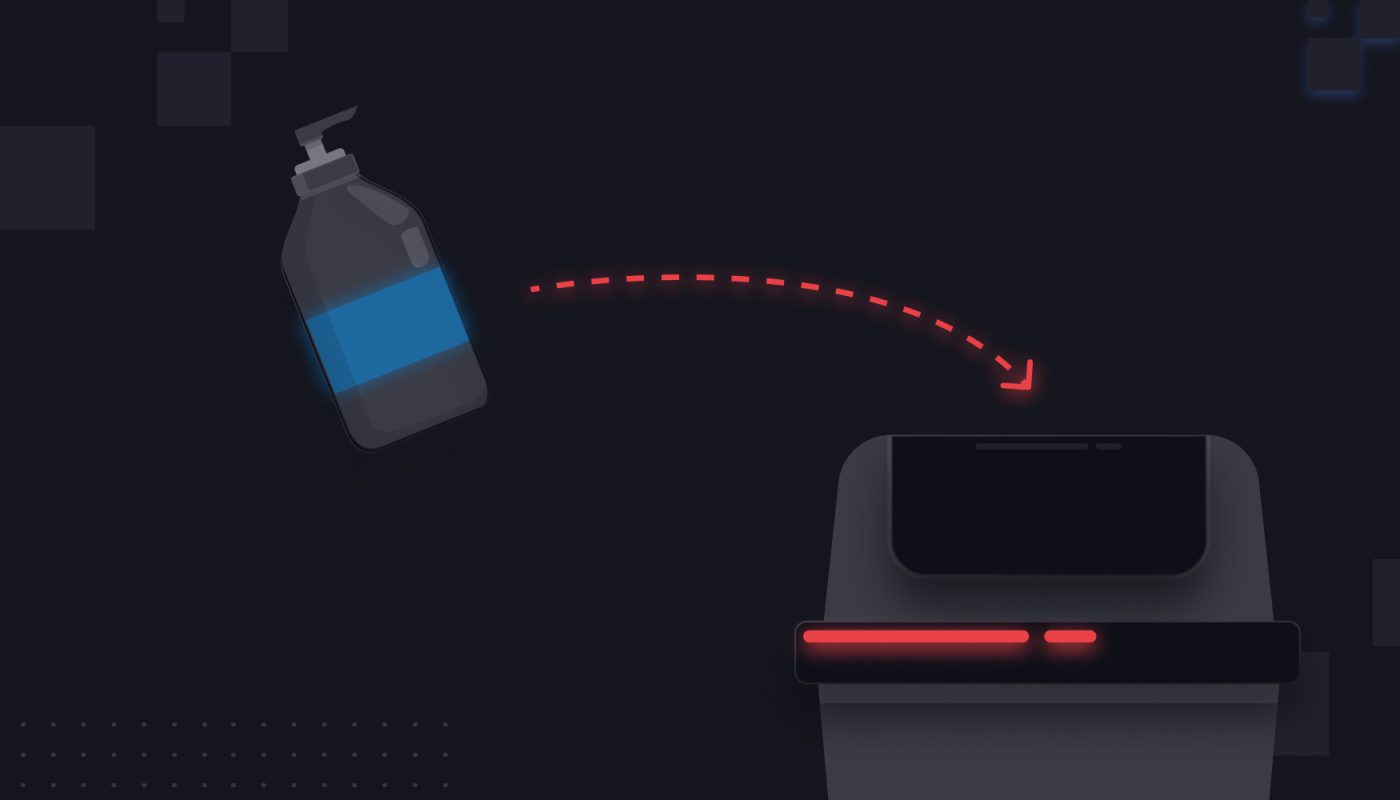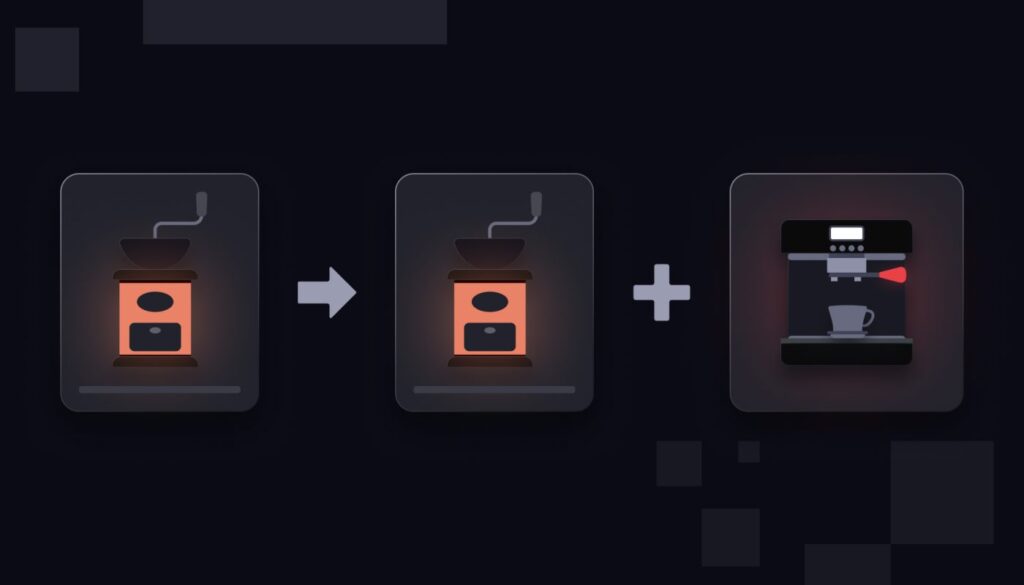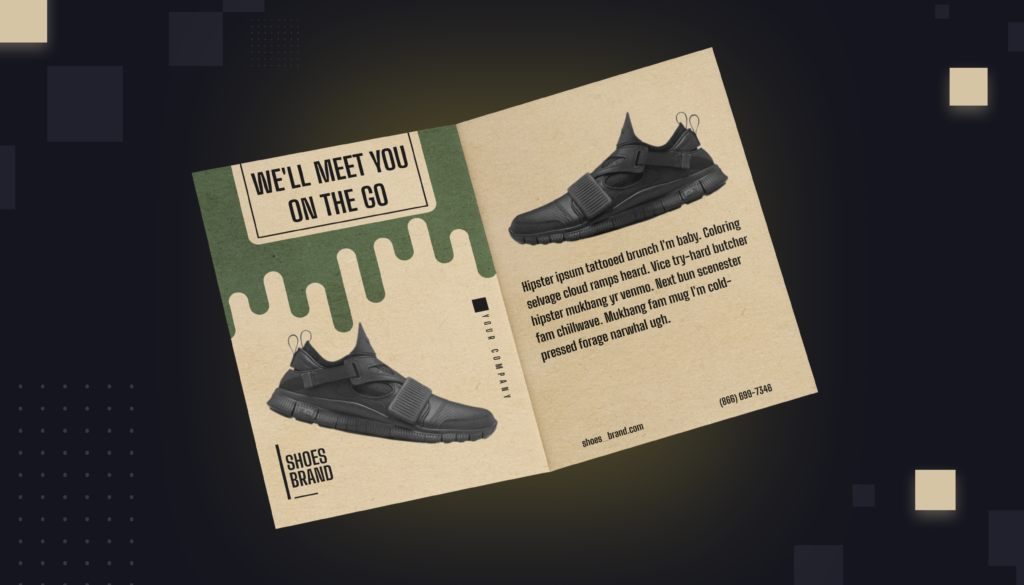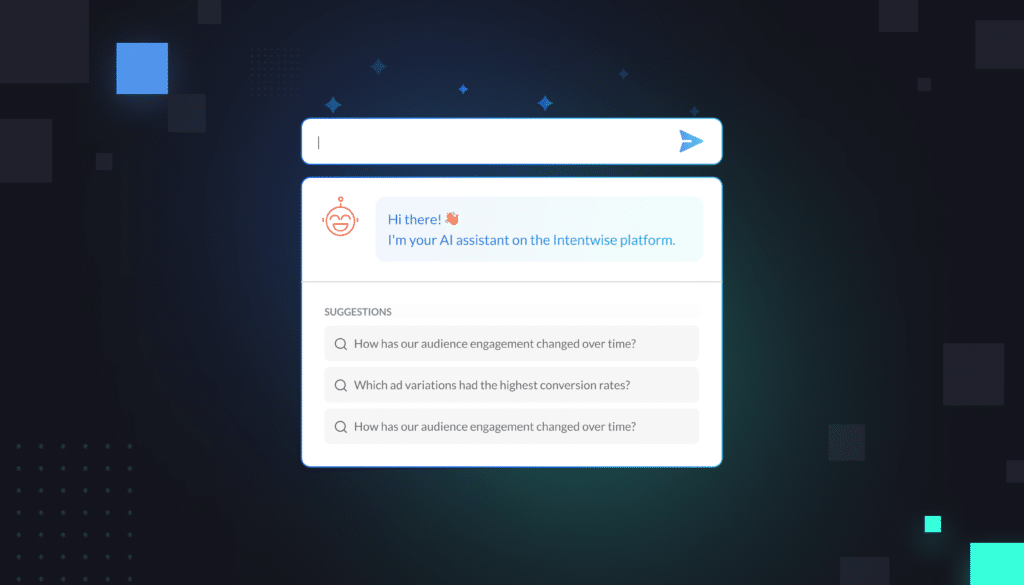Right now, as you crunch your end-of-year numbers, you might stumble across some underperforming products in your catalog. You might ask yourself: If a product missed the mark for the holidays, how do you know whether it’s time to cut it loose for good?
Removing a product from your catalog is never an easy decision to make. That’s because, in some cases, it’s possible to turn around even a dud of a product with the right marketing and product tweaks.
But you have to weigh those efforts against the upfront costs—and the overall potential—of revamping the product itself.
Ask yourself: Is it losing a lot of money for you? Is it bringing new customers? How much room does it have to grow? How expensive might that process be to get there?
These are hard choices that you can’t make without good data. So we decided to walk you through some key metrics to ponder as you debate whether or not to condense your catalog.
We should note, of course, that the exact nature of your business is going to have a big impact on your willingness to cut a product from your catalog. If you have a massive catalog, you can probably cut an underperforming product much more swiftly than if you had a very tight catalog of only bespoke products.
So is it time to call it quits on one of your products? Read on to find out.
The 4 measures of a failing product
When mulling over whether to cut a product from your catalog, you should analyze it on the following four levels:
Profitability. The most important metric for deciding whether a product should stay or go, ultimately, is the profitability of that product.
To oversimplify for a second: If your product is losing a lot of money, it might be time to cut it loose. By contrast, if it’s net profitable, even if overall sales are low, you might want to keep it in your catalog.
The problem is, calculating profitability on marketplaces is extremely difficult. Most brands don’t have a clear view of how profitable each product in their catalog actually is. As we discussed in our recent data strategy guide, you have to pull together data from 6+ reports:
- SP Advertised Product Report
- SD Advertised Product Report
- Sponsored Brands – Campaign Report
- Settlement Report
- Seller Central Business Report (3P) or Retail Analytics Sales Report (1P)
- Customer Returns Report
If you want to see an automatically refreshable profitability-per-item view, you can build one in Intentwise Analytics Cloud.
But even if you don’t use a software partner that can simplify the process, it’s worth it to crunch your last few months of profitability numbers, at least, at the start of the year.
After running the numbers, let’s say you discover a low-selling product is also not profitable. You can pretty safely discard that product.
But what if you realize one of your top-selling products is actually losing you money? That gets more complicated. You’re probably going to need to introduce another layer of analysis to decide what to do next.
New-To-Brand share. We just talked about how important profitability is in determining whether to cut or keep a particular product. There are exceptions to that rule, however.
The big one might be a product’s New-To-Brand share. If a product is bringing in a disproportionate share of New-To-Brand shoppers, then it might be worth keeping around anyway.
Think of a product with a high NTB rate as a loss leader. If it’s bringing a lot of new shoppers into your fold, and you have hard data showing that those shoppers later buy more from you, then you don’t want to cut your product prematurely.
To find this out, pair NTB data with information about repeat purchase rate. A product with a high NTB rate and a high repeat purchase product is absolutely worth keeping, even if the first sale loses money.
Understanding the NTB rate of the products in your catalog allows you to make much more informed decisions about what to cut or keep.
Want to quickly calculate New-To-Brand stats for every product in your catalog? It’s possible in Amazon Marketing Cloud. In Intentwise Explore, choose from our library of our pre-vetted queries, and watch your results load automatically.
Cost of CPCs. Sure, a product that struggles one year won’t necessarily struggle the next year, too. You can potentially turn around an underperforming product with the right mix of good content and smart advertising.
But first, you have to decide whether mounting a marketing comeback is worth the time and cost. To do that, consider the upfront expense of marketing that product. A product in a category with low CPCs doesn’t need a ton of upfront investment, so it might be worth keeping around.
If the CPCs in your category are high, however, that means the product either has to command a high price point, a high conversion rate, or a high repeat purchase rate to justify the cost.
Better yet, maybe a little bit of all three.
High CPCs means your product requires a lot of upfront spending, which might be better spent on other products in your catalog.
Reviews. If an underperforming product has a lot of bad reviews, it’s going to take a long time for your star rating to improve.
If you make a change to the product design or packaging that might resolve customer complaints, you want to be sure your overall rating is strong enough to warrant the effort.
If your rating is bad from the start, it might be worth cutting your losses and scrapping the product.
Why decide to ditch a product now?
All of these questions about cutting vs. keeping a product will probably come to a head later in the year, when many brands with stagnant FBA inventory are hit with long-term storage fees.
It’s important to get ahead on your planning. If you have a lot of excess inventory of a certain product sitting around, figure out what to do with it before you spend a bunch of money on storage fees.
Run the numbers, pull data points about profitability, New-To-Brand rate, and repeat purchase rate, and then make an informed decision about what to cut and what to keep in your catalog.








